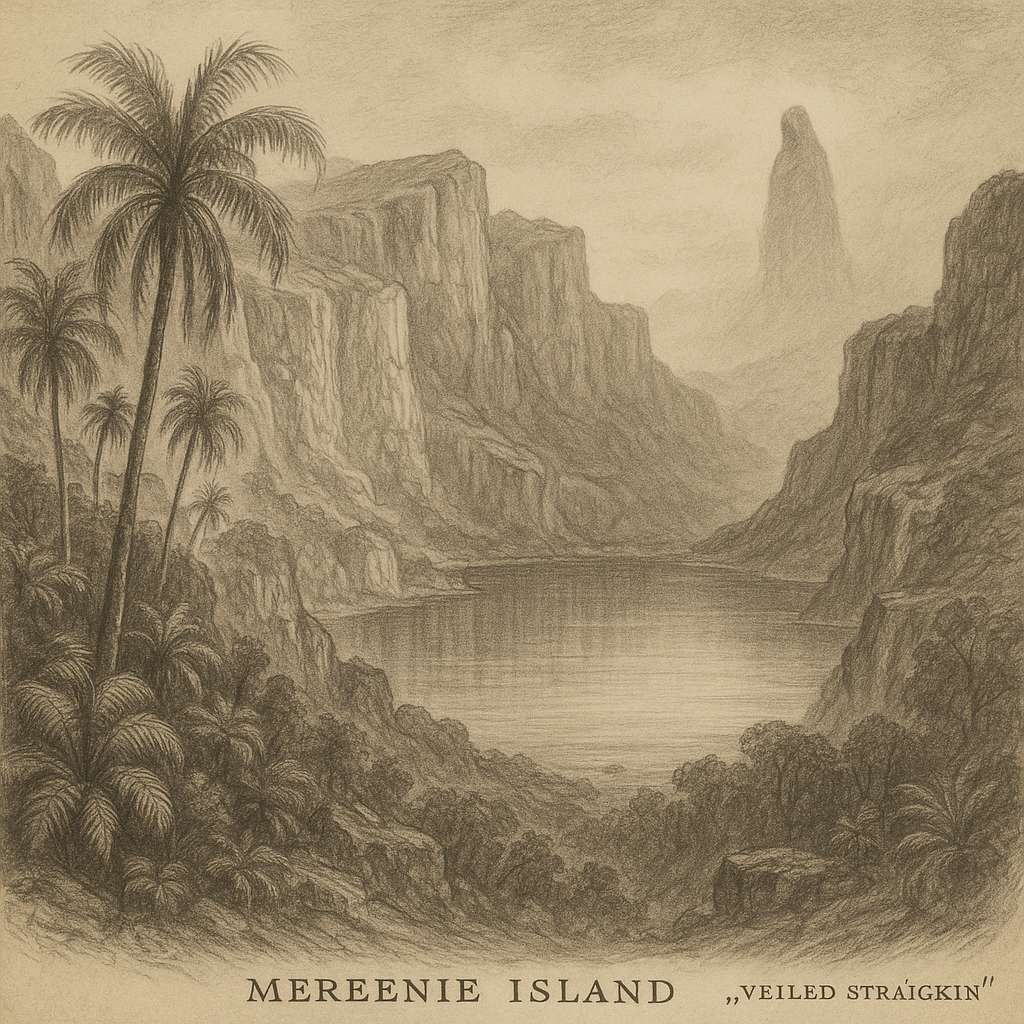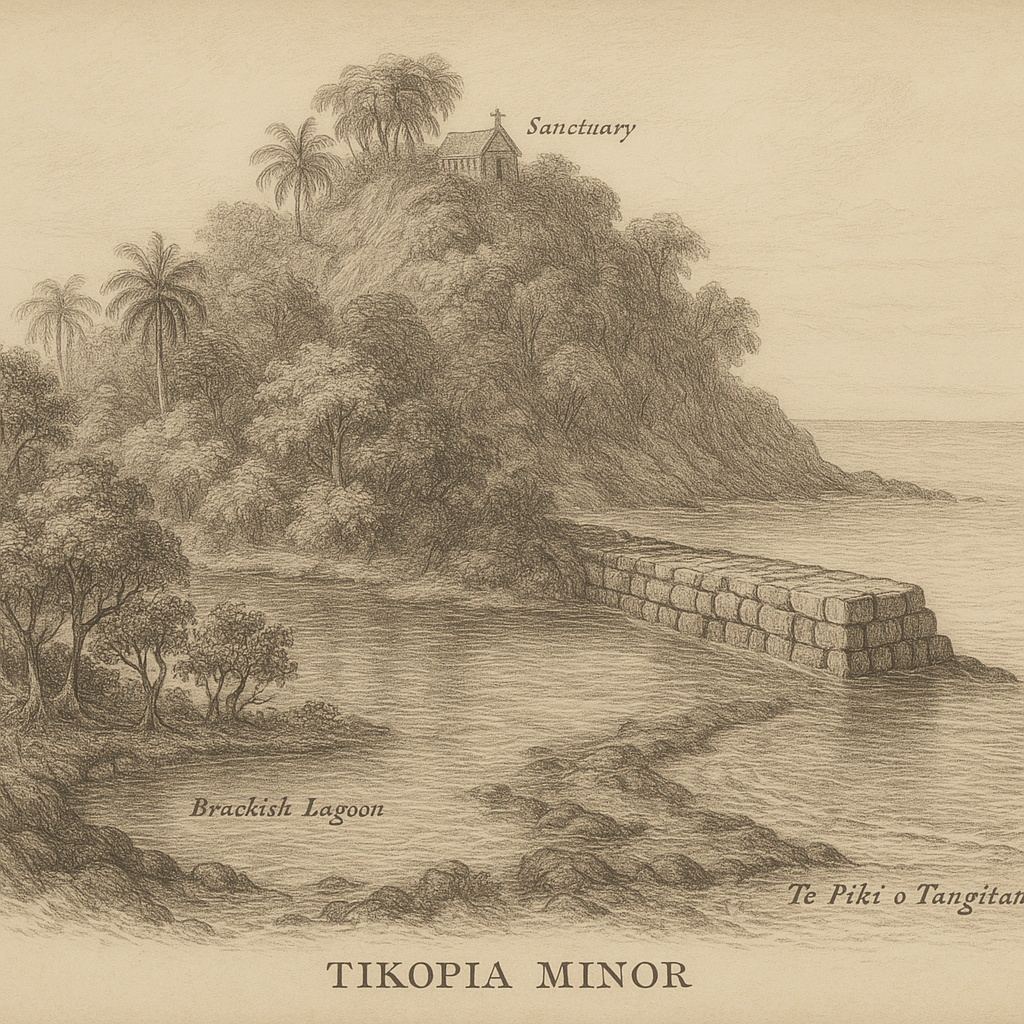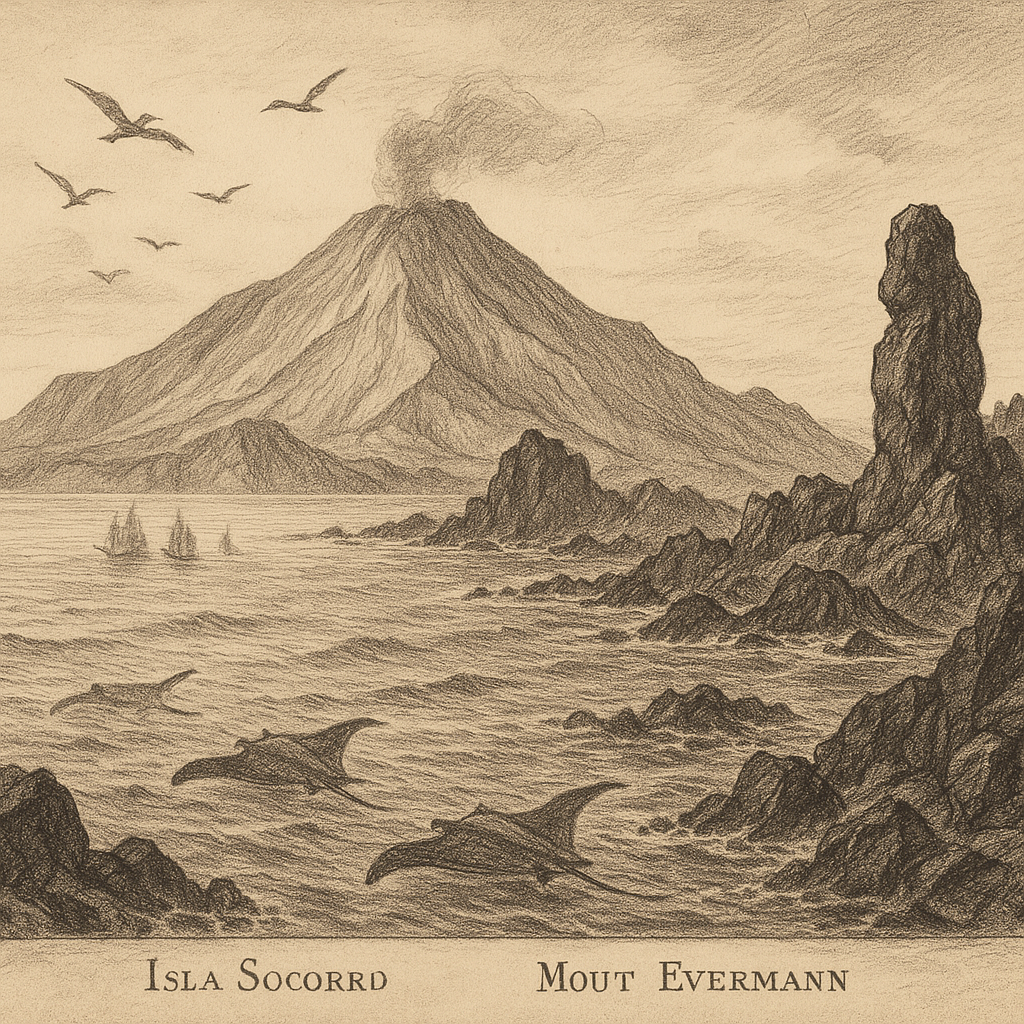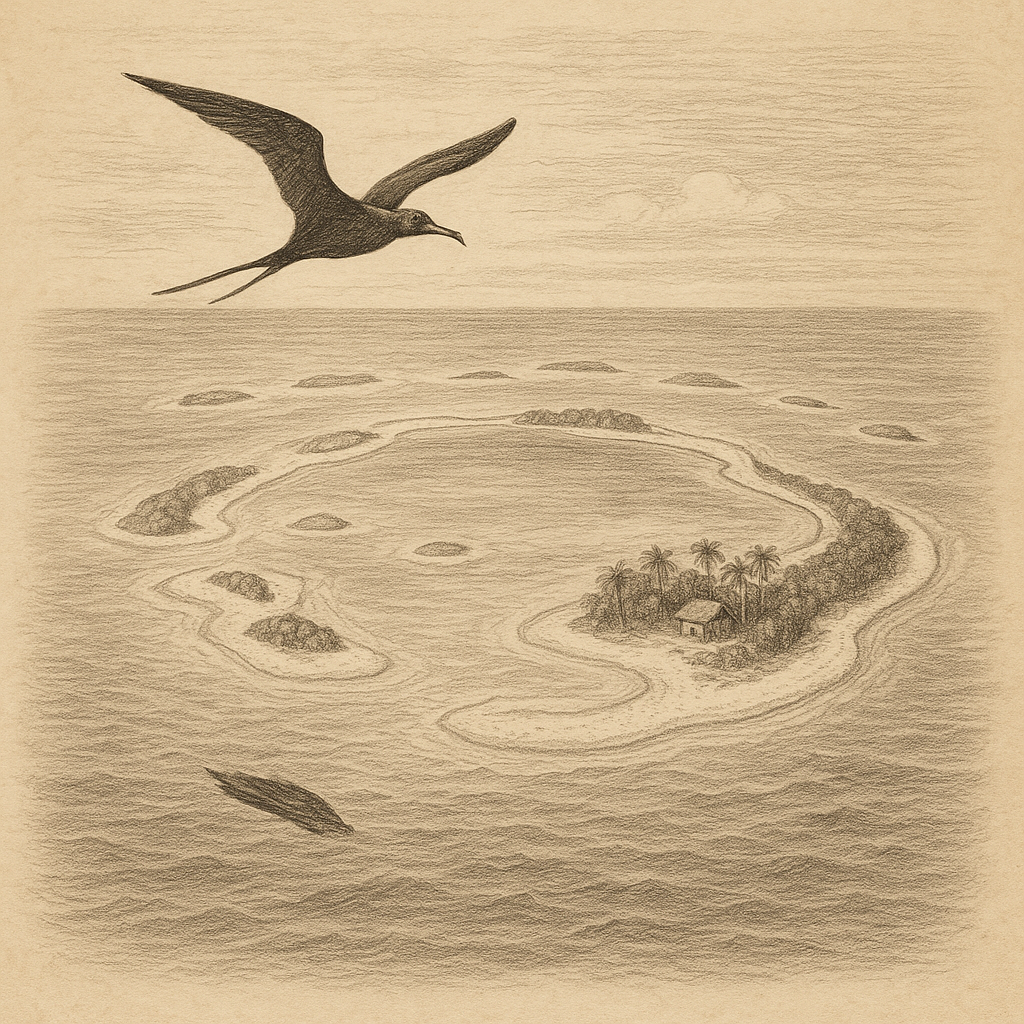Introduction to Mereenie Island Mereenie Island is a remote and little-known landmass located in the heart of the Southern Hemisphere. Nestled deep within the Indian Ocean, far from major trade routes and heavily trafficked waters, Mereenie Island stands as a testament to nature’s untouched splendor. With its dramatic cliffs, turquoise lagoons, and thick jungle interior, the island has remained relatively hidden from modern civilization for centuries. Accessible only by research vessels or occasional adventurous sailors, Mereenie Island is known for its pristine environment, fascinating biodiversity, and the air of mystery that surrounds it. Geographical Location and Geological Origins Mereenie Island lies approximately 1,400 kilometers west of Western Australia and nearly 900 kilometers south of Indonesia’s Lesser Sunda Islands. Its remoteness has shielded it from both commercial development and extensive human activity. Geologically, Mereenie Island sits on a seismically active fault line associated with the complex convergence of the Indo-Australian and Eurasian tectonic plates. This positioning has contributed to the island’s rugged profile and volcanic origin. The island was formed millions of years ago due to submarine volcanic activity. Like many of the Earth’s isolated islands, Mereenie represents the summit of an ancient stratovolcano, the base of which lies thousands of meters under the ocean’s surface. Over time, the volcano ceased erupting, and erosion along the cliffs shaped the island’s unique geography—composed of basalt columns, dramatic sea arches, and caldera walls now swathed in tropical vegetation. Climate and Ecological Characteristics Mereenie Island boasts a stable maritime tropical climate, defined by moderate to high humidity and steady temperatures throughout the year ranging from 21°C to 29°C. Rainfall is abundant, especially from November through April, supporting a rich and dense forest canopy that reaches nearly every corner of the island. Trade winds influence local weather patterns, keeping temperatures relatively mild despite the tropical latitude. The seclusion of Mereenie Island has allowed for the evolution of an array of endemic plant and animal species. The overgrown landscape is dominated by towering ferns, flowering vines, and twisted hardwood trees. Birdlife flourishes on the island, with several species, including the cerulean-winged honeycreeper and the Mereenie fruit-dove, believed to be found nowhere else on Earth. Reptilian species, including skinks and the rarely observed Mereenie monitor, inhabit the forest floor, while the offshore reefs support a thriving marine ecosystem of reef sharks, manta rays, and bioluminescent plankton. Human Presence and Exploration Due to its isolated location and lack of natural harbors, Mereenie Island has never supported a permanent human population. Archaeological evidence suggests that early Austronesian sailors might have landed on the island briefly during their oceanic migrations, leaving behind stone tools and fire pits. However, the dense forest and limited freshwater resources likely made long-term settlement impractical. Modern exploration of the island began in the late 19th century during European maritime expeditions. Surveyors documented the island’s topography but deemed it unsuitable for colonization. In recent decades, Mereenie Island has drawn scientists intrigued by its untouched ecosystems. Access is tightly regulated by environmental authorities, and only a few scientific expeditions are permitted each year under strict conservation guidelines. There is currently no permanent research station on the island, though offshore anchored platforms serve as temporary bases for visiting ecologists and vulcanologists. Interesting Facts About Mereenie Island Despite its obscurity, Mereenie Island has captivated the interest of many through its unique attributes: – Mereenie’s caldera lake, named Lake Noorinbee, is permanently filled with rainwater and hosts several unidentified fish species. Its acidic pH and unusual coloration have made it the subject of numerous biological studies. – A rare species of glow-in-the-dark moss blooms on the interior cliffs of the island, illuminating portions of the forest floor during the night. – The island’s coral reef is considered one of the most biodiverse in the southern hemisphere. Marine biologists have recorded over 300 distinct coral species and numerous previously undocumented invertebrates. – The island is home to a unique species of ground-dwelling owl that uses a series of melodic calls unlike any known relative. This owl, colloquially called the “ghost chime,” has contributed to the island’s aura of mystery. – Satellite imagery shows puzzling geometric clearings in the forest canopy, the origins of which remain unconfirmed—some believe they result from natural sinkholes, while others suggest human influence. Legends and Mythology of Mereenie Island As with many isolated places around the globe, Mereenie Island has developed a rich folklore, particularly among seafarers and indigenous communities from nearby archipelagos. The island is often referred to in oral traditions as “Maranatha’s Watchtower”—a mythical place of divine observation said to be guarded by nature spirits. One legend speaks of the “Veiled Sentinel,” a ghostly figure believed to protect the island’s secrets. Described as a tall woman clothed in mist and always seen at dusk near the caldera, she is said to warn trespassers with echoes and flickering lights. Though generally viewed as a protective presence, the Sentinel is also believed to punish arrogance and greed, leading some local fishermen to avoid the area entirely. Another popular legend tells of a hidden underwater temple off the reef’s northern edge. According to stories passed down generations, this temple houses the “Heart of Mereenie,” a mystical stone believed to control the tides and weather. Treasure hunters have never confirmed these tales, but unexplained compasses’ malfunctions and anomalies in sonar readings have added fuel to the folklore. Visitors have also reported a strange phenomenon: whispers and melodious tones carried by the wind, especially around the full moon. Skeptics point to the island’s unique geography and sound-reflection properties, but believers maintain the island “sings” to those who listen. Conservation and Access With growing global awareness of ecological fragility, Mereenie Island has become a focal point for preservationists. In 2005, it was declared a Marine and Terrestrial Protected Area by an international consortium of environmental organizations. Entry to the island is strictly controlled, requiring permits that are typically only granted for academic, scientific, or conservation work. Efforts are ongoing to study and maintain the balance of the island’s ecosystem. These include controlling invasive bird species carried by wind patterns, removing plastic drift from the shores, and monitoring the coral health to understand climate change effects. Access remains limited to specially chartered eco-research vessels, with anchoring only permitted in designated zones. No construction or exploitation of resources is allowed under the current protection status, ensuring that Mereenie Island remains one of the last unspoiled frontiers of the natural world. Conclusion Mereenie Island is a rare jewel hidden in the vast blue of the Indian Ocean—an untouched world filled with curious wildlife, haunting legends, and ecological significance. Its remoteness is both a challenge and a blessing, preserving its mystery and serenity. Whether viewed from the sea during a rare expedition or contemplated through satellite imagery and scientific reports, Mereenie Island continues to enchant adventurers, inspire storytellers, and demand the reverence of all who seek to understand the majesty of Earth’s wildest corners.

Mereenie Island
Do you like my work? Buy Me A Coffee
Do you like my work? Buy Me A Coffee
-

Tikopia Minor Central Island
Tikopia Minor Central Island: A Hidden Gem in the South Pacific Tikopia Minor Central Island is one of the tiny, remote landmasses that form part of the Solomon Islands archipelago in the South Pacific Ocean. While its larger counterpart, Tikopia, has gained a modest reputation for sustainable living and ancient traditions, Tikopia Minor Central Island…
-

Isla Socorro
Isla Socorro: Mexico’s Remote Pacific Outpost Isla Socorro, formally known as Isla Socorro del Archipiélago de Revillagigedo, is the largest of the four volcanic islands that make up the Revillagigedo Archipelago in the Pacific Ocean. Located approximately 600 kilometers southwest of the southern tip of the Baja California Peninsula, this isolated and captivating island offers…
-

Suwarrow Island
Suwarrow Island: A Remote Atoll of Mystery and Wildlife Suwarrow Island, also spelled Suvorov or Suvarov, is a remote coral atoll in the northern Cook Islands in the South Pacific Ocean. Almost entirely uninhabited for most of its history, Suwarrow is famed for its natural beauty, rich marine biodiversity, and the legends that surround it.…
by
Tags: